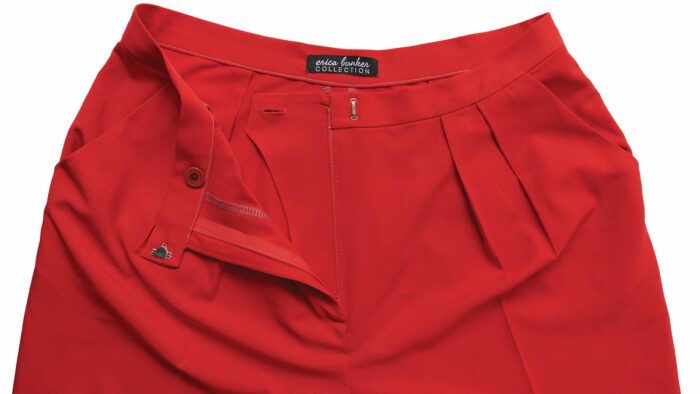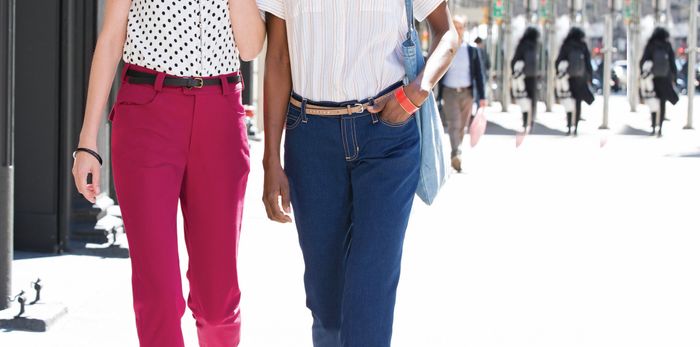How to Sew a Classic Waistband
Make it smooth, supportive, and comfortable
Whether you’re a novice or experienced sewer, you’re likely to make garments with a straight waistband. This traditional style is not contoured to your waist; the pattern is a plain rectangle. When properly fitted and constructed, this band type holds a garment securely in place, preventing skirts from twisting and pants from pulling down in back when you sit.
There are many methods for sewing a straight waistband, but I’ll explain one of the most common versions for ladies’ garments.
Where your waistband sits is a matter of personal preference. Most straight waistbands sit at the natural waistline, the part of your torso with the smallest circumference. It could be a little below or above, though. This depends on your style preference and comfort, especially when you’re sitting. The waistband width is established by the given pattern piece, if you’re using a commercial pattern. However, you are free to change that as desired: Petite or short-waisted women may prefer a narrower band; taller or long-waisted women may like a wider band.
The directions that follow are for a standard waistband with a cut-on facing: The finished upper edge is a fold rather than a seam. This type is the most common in commericial patterns, and it has benefits. It is quicker to sew and provides a smoother edge than a band with a separate facing. (If your fabric is bulky or would be scratchy to wear against your skin, you can cut a facing from a lighter fabric such as lining or cotton shirting.) You can build this style into many patterns even if they come with a different waist finish, including faced waistlines. My goal is to build a waist treatment that is stable and free of bulk. This ensures comfort, longevity, and a…
Start your 14-day FREE trial to access this story.
Start your FREE trial today and get instant access to this article plus access to all Threads Insider content.
Start Your Free TrialAlready an Insider? Log in





Log in or become a member to post a comment.
Sign up Log in